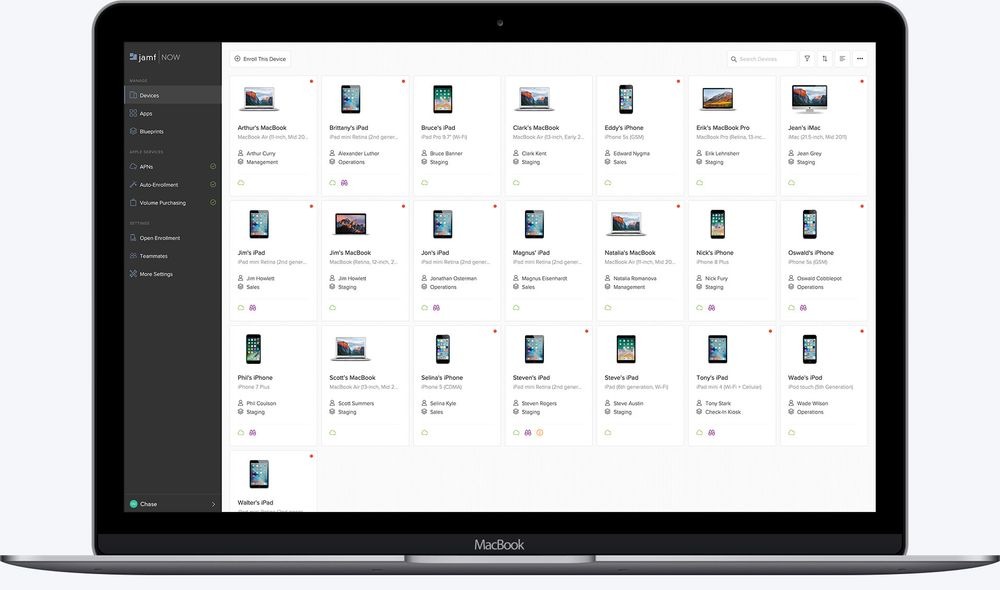

Now let’s configure Jamf Pro to use memcached rather than ehcache. By using the Configuration Endpoint rather than the addresses for individual nodes, your Jamf Pro cluster will be able to dynamically find all your memcached nodes as they are spun up/down rather than having to edit the file manually every time. Your Cluster will be created and we can grab the Configuration Endpoint for our ElastiCache cluster. Select the jss-memcached Security Group we created earlier and click Create. You’ll want to create a new Subnet Group, give it a name, and select several private subnets for your ElastiCache nodes to operate in. Scroll further down and expand the Advanced Memcached settings section

I’ve selected a cache.t2.small node for my testing. Select Memcached as the Cluster Engine and give your cluster a nameīy default, creating a cluster will provision a node with 13.5GB of memory, way too much for small instances. Head on over to the ElastiCache AWS service and click Get Started Now I’ve selected Anywhere in this example as I’m creating the cluster in a subnet group with only private subnets not accessible from the Internet. Add an Inbound Custom TCP rule that allows traffic on port 11211 from your instances IP addresses. Now enter a name for your group, I used the creative name jss-memcached. Open up your EC2 dashboard and click on Security Groups in the list on the left, followed by the Create Security Group button.
JAMF PRO IP ADDRESSES HOW TO
I did some Googling and realised that Amazon offers cache in the cloud service called ElastiCache offering Redis and memcached flavours which will suit my needs nicely as all my other Jamf infrastructure is in AWS already.īelow is a guide on how to setup a memcached cluster on ElastiCache and get it talking with Jamf Proįirst we need to create a Security Group for our cluster to enable or Jamf Pro instances to talk to the ElastiCache cluster. The second hurdle was trying to get memcached functioning on the same EC2 instance as the Jamf Pro 10 beta. Once I’d connected to the Jamf Pro web app, I ran into my first hurdle.īecause I had cloned my DB, Jamf thought I was still running a clustered environment and informed me that I needed to switch to memcached. I set to work creating a clone of my Jamf database (hosted in Amazon RDS), and created a new EC2 instance to run the beta on. So the beta program for Jamf Pro 10 finally opened and I thought to myself “Why yes, I do want to play with the new shiny!”. Using ElastiCache with Jamf Pro in Clustered Environments Aug 25, 2017


 0 kommentar(er)
0 kommentar(er)
